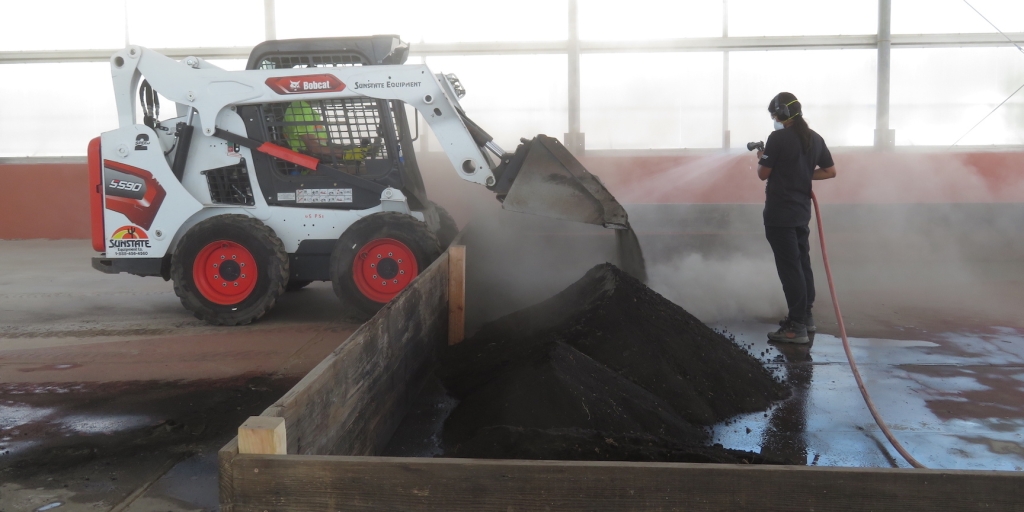
We continue with avid construction of SAM in preparation for receipt of our first visiting research teams. We are working sunrise to sunset with projects completed daily. Each week in review sees “TODOs” transform into “DONEs”. Evenings are time for communication with the first two teams to visit SAM, a review of their proposed mission plans, research objectives, and many details in preparation for the first sealed, pressurized experiment at Biosphere 2 in thirty years.
In brief, we have complete the installation of the fully networked, computer controlled fire detection and alarm system, all wiring throughout the habitat, installation of our fourth and final mini-split A/C unit, all plumbing including potable water storage, gray water recycling, and waste water containment is complete. Sean has constructed the prototype inner door of the airlock, and we are eager for the first pressure test.
Atila and Kai upgraded one of the hydroponics racks from last year for an improved water flow and reduced algae build-up. This is centerpiece to Atila’s PhD research at the University of Arizona under the direction of Dr. Gene Giacomelli at CEAC. By no means the final product, this prototype will serve us well for the coming two missions. Lettuce is installed and water nutrients added. John Z. returned for a Saturday morning to assist with the final mini-split install, and Colleen rejoined the team for a few days, lending her keen eye for detail and experience with fabrication.
The Mars yard too has seen a completely transformation from our workshop for the past two years into a functional, prototype test bed for pressure suits, tools, and drones. Tasha and Matthias assembled a barrier to contain the crushed basalt (a close facsimile to Martian soil) and then retraced the original Biosphere 2 rain forest walkway with a fresh coat of Mars-red paint.
The lung is now fully refurbished, complete with a variable frequency drive, electric actuated valve, and a new set of legs for a more stable touch-down and ease of measuring height from the lung floor.
The SIMOC Live server is fully operational with support for a variety of Vernier and Adafruit sensors, and our light-travel time delay server will soon be deployed, providing the limited internet (email only) for visiting research teams, communications delay by 1.3s to the Moon, or 7-20 minutes for Mars.

